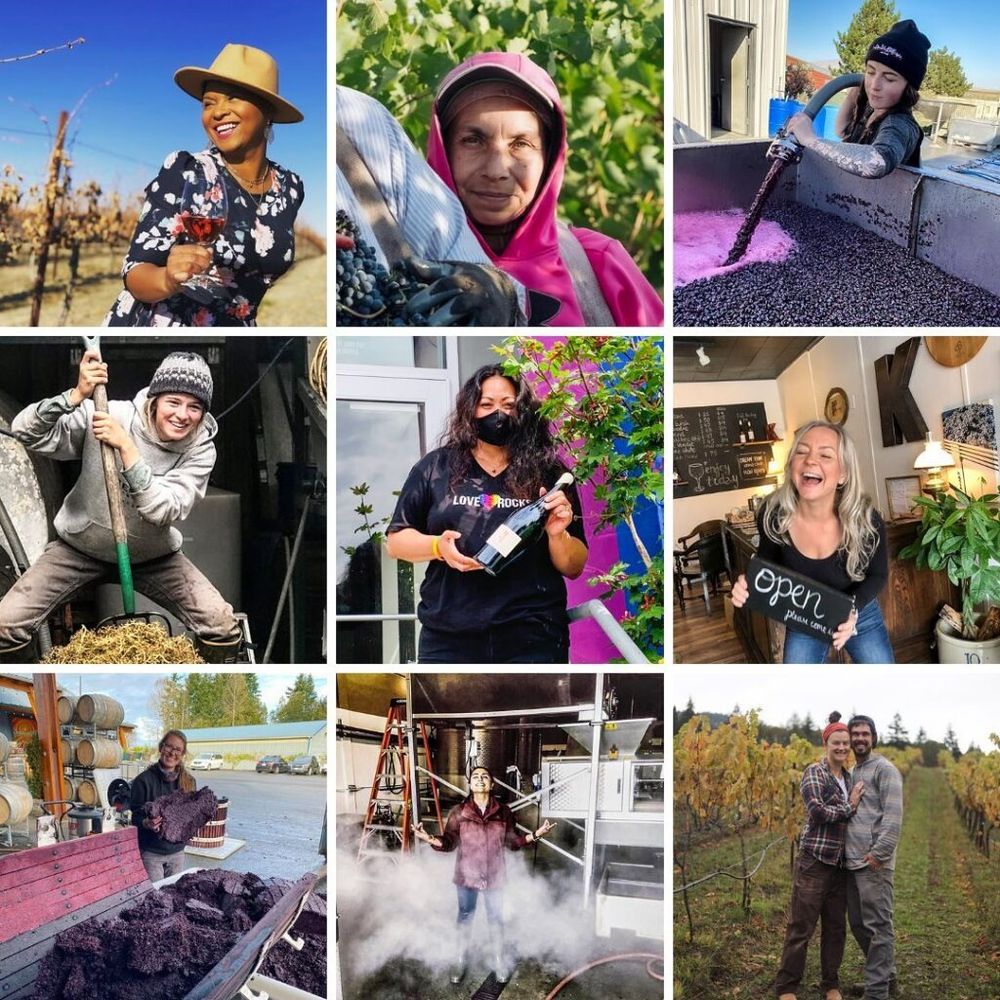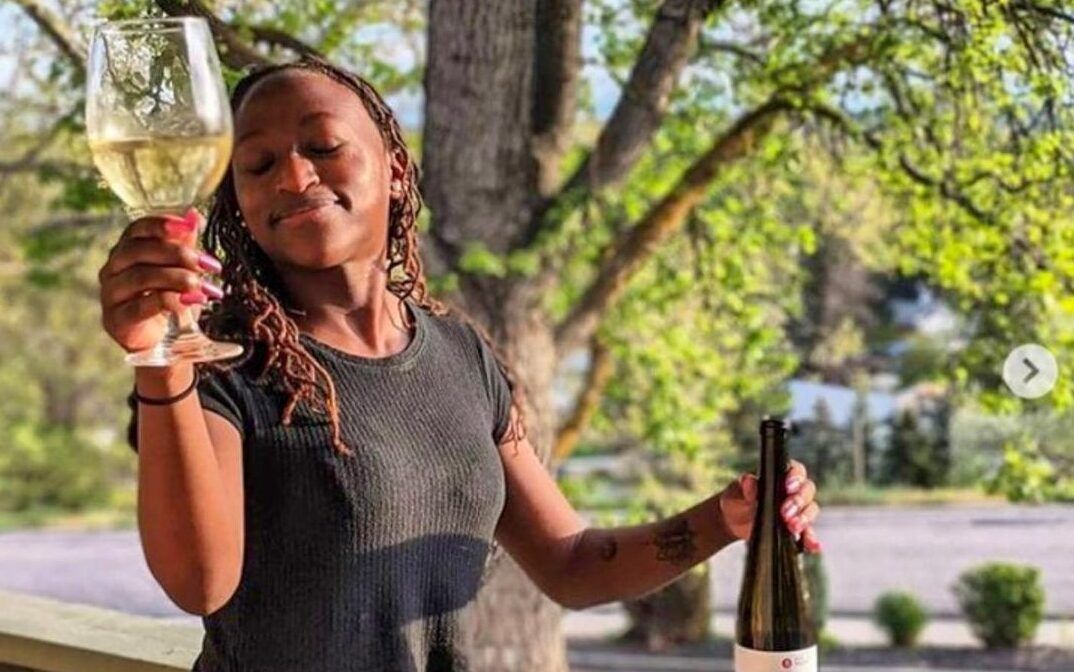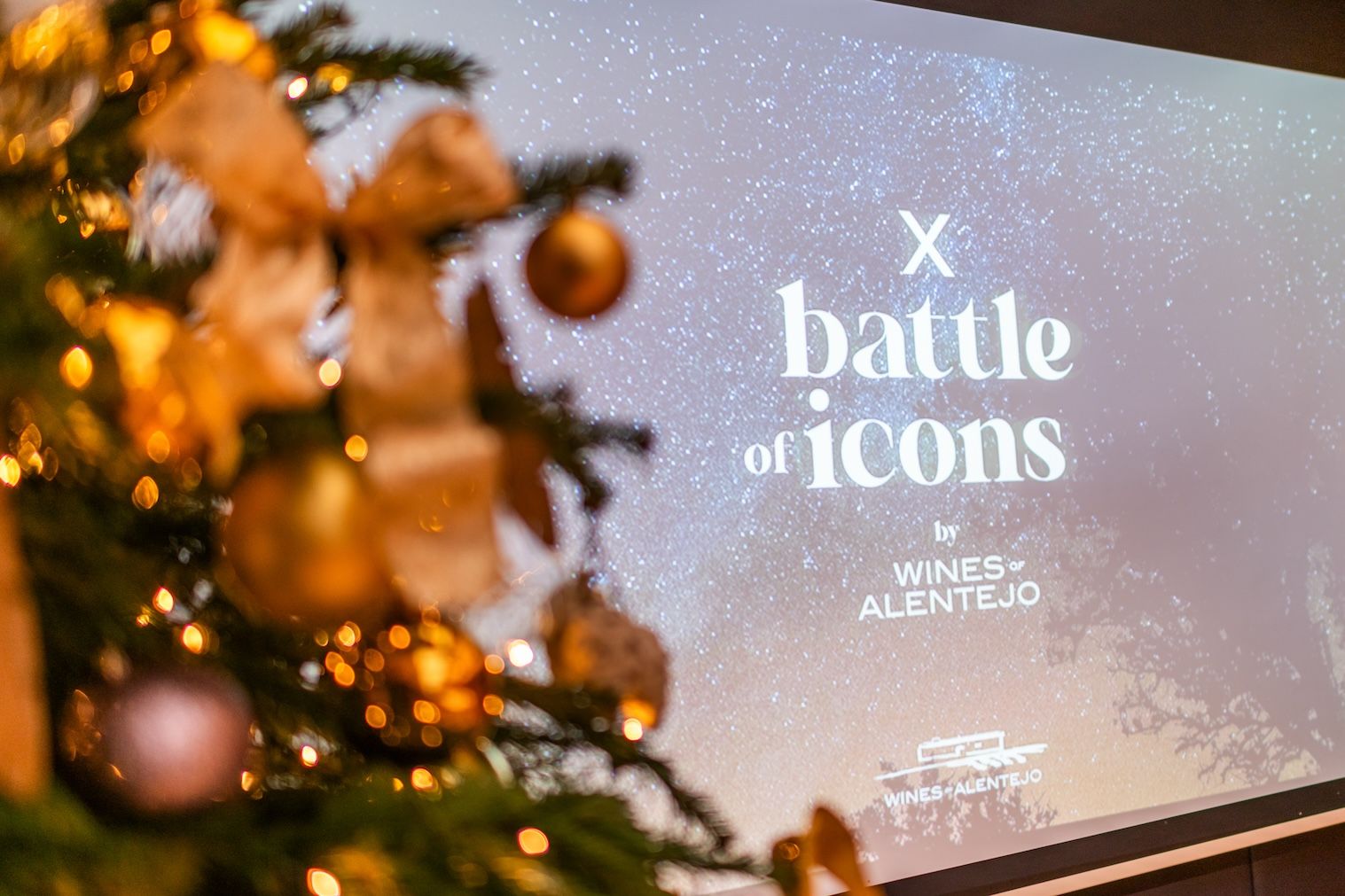“Throw in some of America’s most capable winemakers, and you have all the ingredients for a flourishing wine industry with the brightest of futures,” writes Dean.
Trade and press representatives flocked to the recent annual Washington State Wine Commission tasting in London, delighted to enjoy an alternative to the endless sequence of Zoom sessions. Nor did the wines of the 13 producers who were exhibiting disappoint, although sampling even a third of the 91 labels available was a challenge in the allotted hour-long slots. Time was still sufficient for tasters to be struck by Washington’s intense New World fruit, beautifully counter-balanced by the classical sensibility and structure of the Old World.
How the climate ensures diversity of styles
As the USA’s second biggest wine-producing state, Washington’s importance is as clear as its diversity. As Juan Munoz Oca, head winemaker for the region’s oldest and biggest producer, Chateau Ste. Michelle Wine Estates, put it, “the north-west corner of the US is as diverse as perhaps the entire continent of North America. You get rain almost 24/7 in the Olympic Peninsula west of Seattle but very, very little the other side of the Cascade Mountains. The climate allows us the creativity to make wines in so many different styles.”

Washington State Wine recently launched the Alliance of Women in Washington Wine to highlight 90 women who are helping make Washington wine what it is today
While July and August in Washington are hotter than in Bordeaux, September and October are cooler, allowing grapes to be picked cold, while helping phenolic and physiological ripeness to coincide. Being on the 46th parallel, vines enjoy extra daylight, with the Columbia Valley, which encompasses all 16 of the state’s AVAs bar Columbia Gorge, enjoying 55 hours more sunlight than Napa Valley in the growing season.
For the record, Washington’s vineyards receive a paltry 6-8 inches of rain per annum, while Seattle gets 40 inches. From 10 wineries in 1970, the state now has almost 1,000, with four new ones established each month on average. Growers, who number over 350, play an important part. With 23,000 hectares under vine, Washington is not far behind Marlborough (29,000) and has grown to nearly a quarter of South Africa’s vineyard area (100,000 hectares). In 2020, Washington harvested 178,500 tons of fruit for wine production, with around 60% being black grapes and 40% white.
A very wide diurnal range is key to acid retention in the state’s vineyards, with temperatures often hitting 35°C in mid-July but falling to 14-15°C at night. Without irrigation from the Columbia River, the fourth biggest by volume in North America, winemaking would not be possible in Washington. Cabernet Sauvignon, Merlot and Syrah in that order remain the most planted black grapes, with Merlot having initially been behind the state’s reputation for excellence. The other two varietals underlined at the tasting, however, that they are on a par in terms of quality. Of the white grapes, Chardonnay is the state’s most planted, closely pursued by Riesling.

Washington State Wine tastings are always an event
The most established estates were all present and correct
Chateau Ste. Michelle Wine Estates, established as far back as 1967, had as many as 31 labels on their stand, including seven Chardonnays and three Rieslings, including their benchmark Eroica 2019, the off-dry joint enterprise with Mosel producer, Ernie Loosen. Airfield Estates‘ three whites from the Yakima Valley – Chardonnay, Pinot Gris and Sauvignon Blanc – all impressed, as did the Chateau Ste. Michelle Columbia Valley Chardonnay 2018. Its grapes are sourced from an array of vineyards at the southern end of the valley, right by the Columbia River. Some come from growers, notably the Andrews brothers, Rob & Mike, fifth generation farmers whose property produces excellent fruit. Freshness from a low pH shone through, while flavours were fully developed and ripe with richness and opulence.
The standout Chateau Ste. Michelle red was their Col Solare 2016 Cabernet Sauvignon, from the Red Mountain AVA (although the terrain there is neither mountainous nor red). Washington’s predominantly sandy loam soils – unsuitable for phylloxera – allow most vines to be planted ungrafted, which helps recovery from winter freeze and encourages a more intense expression of a varietal’s characteristics. Black cherry notes and cinnamon aromas are prominent in the Col Solare, with rose petals from a dash of Cabernet Franc (6%). High quality, silky tannins adorn this refined and elegant wine.
Matt Reynvaan, winemaker for the highly regarded Reynvaan Family Vineyards, planted in 2004 in the Walla Walla Valley AVA, says “we have some of the best Syrahs in the world.” Four outstanding labels gave weight to his claim, with his ‘In the Rocks’ 2018 containing 6% Viognier and his ‘The Contender’ 2018 5% Marsanne.
“In the Rocks is a very unique area,” he said. “It’s very warm in the day, and the captured heat radiates back off the rocks into the canopies when the nights are cool, continuing the ripening without losing acidity. The Contender, which was called that as we felt it could contend with any other Syrah, is the same fruit with oily texture and mouthfeel from the Marsanne. It’s more hedonistic with cocoa and crushed blackberry richness, and will be long-lived as it has an amazing backbone.” The most distinctive Reynvaan Syrah, the Foothills Reserve 2018, from a very high vineyard at 1000 m, exhibited coffee bean and bacon notes as well as structure from quality new oak.
A number of other Syrahs impressed (note that none were labelled as Shiraz). A pair from Gramercy Cellars stood out, with their ‘Lower East’ Syrah 2017, blended with 15% of Carignan, managing to combine funky meatiness with fresh elegance, with its red fruit focus including a hint of iodine. Gramercy’s Lagniappe Red Willow Syrah 2017 was rich with tremendous concentration and length.
Meanwhile, in the splendidly-named Rocks of Milton Freewater AVA (a sub-appellation of Walla Walla Valley AVA, which straddles both Washington State and Oregon), the Betz Family Winery have produced a delightful Domaine de Pierres Syrah 2018. Named after the baseball-sized basalt stones permeating the vineyards there, this particular terroir is home to a savoury red, black and blue-fruited wine with white and black pepper notes, whose floral, lavender and tarragon aromas jump out of the glass.

Regular reports, a content-rich website and sommelier-focused videos are some of the techniques being used to promote Washington State wine
Other wines that impressed
Other Syrahs that deserve a mention in dispatches are Pomum Cellars’ 2017 label, which had marked freshness as well as peppery spiciness; Sleight of Hand Cellars’ ‘Levitation’ 2018; and the Powers Winery’s 2017 label (all from the Columbia Valley). The latter contained 9% Merlot and 2.5% Viognier. Côte Bonneville’s superb Syrah 2014 from vines planted in 1992 in the steep, rocky DuBrul Vineyard in Yakima Valley was medium-bodied with real finesse. Aged in used French oak, this had vibrant freshness (pH 3.5) and was beautifully balanced (13.9% abv).
The same could be said for the same winery’s flagship label, the Côte Bonneville 2012, a 13.6% abv single vineyard blend of Cabernet Sauvignon (60%) and Merlot (40%) whose 100% new oak was beautifully integrated. Intensity of flavour, rich texture, layered complexity, silky tannins and a lingering finish were evident. Showing equally well was the L’Ecole No 41 winery’s Perigee Estate Seven Hills Vineyard 2017 (50% Cabernet Sauvignon, 21% Merlot, 11% Cabernet Franc, 9% Petit Verdot and 9% Malbec). Winemaker Marty Clubb has crafted an elegant Bordeaux blend with seductive floral aromas, earthy structure and gorgeous fruit. From one of the oldest and most renowned blocks in the Walla Walla Valley, this is an outstandingly expressive wine.
A Merlot-dominated blend that impressed was Long Shadows Vintners’ ‘Pedestal’ Merlot 2018. Michel Rolland – “in Washington, I am dedicated to Merlot” – made this wine, which is a ripe opulent example of the varietal, spending 22 months in 85% new oak and given backbone by some Cabernet Sauvignon (15%). The fruit comes predominantly from the warm Wahluke Slope, providing cassis, chocolate and leafy herb notes. Another big Long Shadows wine, the ‘Feather’ Cabernet Sauvignon 2017, this time made by renowned Napa vintner, Randy Dunn, comes from the Horse Heaven Hills AVA, a prime location for the varietal. Meanwhile, artisan producer DeLille Cellars’ outstanding Four Flags 2018, is made from the four best barrels of Cabernet from different vineyards in the Red Mountain AVA.
One prominent winery looking for an importer is Woodward Canyon, which was established in 1981 and is the second oldest in the Walla Walla Valley. A consistent producer of premium ageworthy Bordeaux-style reds and Chardonnays, their latter label from 2019 had lovely freshness and bright citrus fruit. Their Artist Series Cabernet Sauvignon 2018, which included 10% Merlot, 7% Petit Verdot and 3% Syrah, saw 28% new oak and was very appealing with its black fruit, herbal and lead pencil notes. Their Old Vines Cabernet Sauvignon 2018, which also contained 6% Petit Verdot and 3% Malbec, was a superb advert for the varietal in Washington. Very good use of oak, all of it new, added weight and structure to its quality blackberry and cassis fruit from the Sagemoor and Champoux vineyards (planted in 1968 and 1972 respectively).
And so in conclusion…
Washington’s wines, then, continue to go from strength to strength, with production expanding year on year. All the concomitants are there – a wide diurnal shift, low disease pressure, lean, free-draining loess soils on a basalt foundation, abundant sun, and a dry climate yet guaranteed availability of water for irrigation purposes. Throw in some of America’s most capable winemakers, and you have all the ingredients for a flourishing wine industry with the brightest of futures.
List of exhibitors with importers:
Airfield Estates (seeking representation)
Betz Family Winery (The Wine Treasury)
Côte Bonneville (seeking representation)
DeLille Cellars (seeking representation)
Gramercy Cellars (Flint Wines)
L’Ecole No 41 (The Wine Treasury)
Long Shadows Vintners (seeking representation)
Pomum Cellars (seeking representation)
Powers Winery (Amathus Drinks)
Reynvaan Family Vineyards (Ester Wines)
Sleight of Hand Cellars (Ester Wines)
Ste. Michelle Wine Estates (Ste. Michelle Wine Estates)
Woodward Canyon (seeking representation)






































